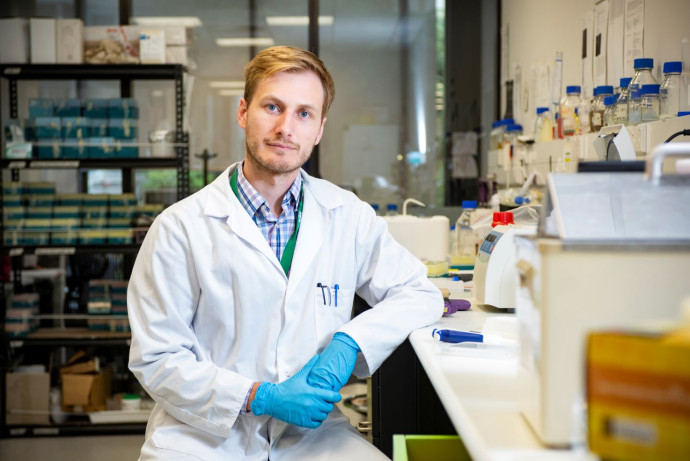Enzymatic solutions for the next generation of sustainable dyes

Dr Alistair Brown from Te Herenga Waka – Victoria University of Wellington aims to develop environmentally sustainable, genetically engineered bacteria to produce a blue colour that can be used in the textile and food industries
Artificial dyes are used to colour everything, from jeans to t-shirts, with profoundly detrimental impacts on the environment. Although natural alternatives – such as plant-based indigo – exist, their production is inconsistent and difficult to achieve at scale, limiting commercial viability.
Dr Brown has been awarded a Marsden Fast-Start grant to genetically engineer bacteria to produce a blue pigment called indigoidine. Unlike plant-based dyes, production of indigoidine using these bacteria would be reliable, consistent, and could be scaled up to meet industrial demands. Indigoidine can be altered to produce different shades of blue with the help of specific enzymes which are abundant in nature.
Dr Brown will use artificial intelligence to screen and harness the genes that encode these shade-changing enzymes. Accessing these genes and combining them in different sequences in engineered bacteria will generate different shades of blue, with useful properties like stability and solubility in water. This approach represents a completely new way of making colours. Instead of relying on harmful chemicals or unsustainable harvesting of plants, it would harness the power of bacteria to create a next generation of environmentally friendly dyes that could transform how we colour our world.

Two cotton swatches - undyed on the left and dyed with indigoidine on the right (photo credit: Alistair Brown)
